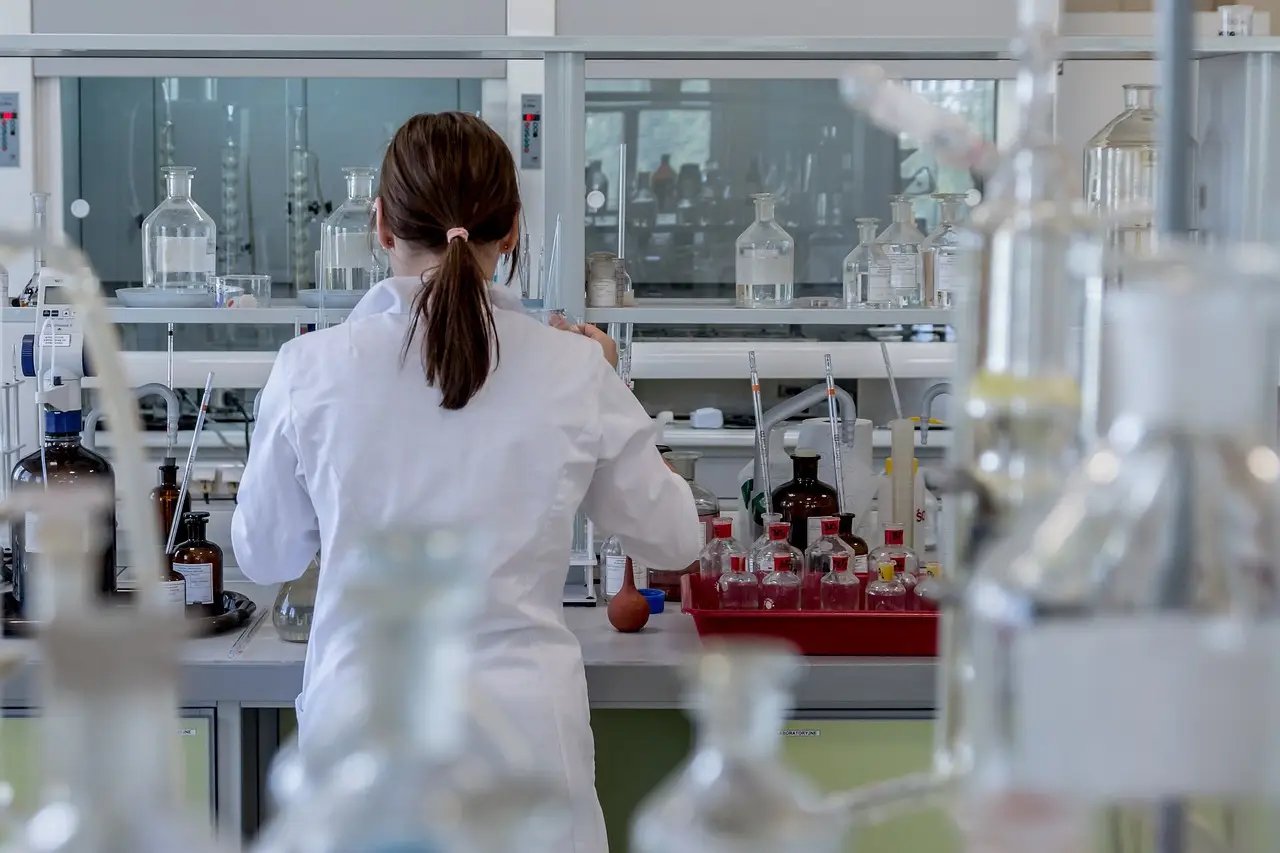PFAS/PFOS, these per and polyfluoroalkyl substances, have been receiving increasing attention due to their health and environmental hazards.
Regulations on PFAS
There are several regulations in place to manage their use and assess the quality of filtration products meant to reduce their presence in drinking water.
A. International Level
- Stockholm Convention on Persistent Organic Pollutants (POPs): Aims to eliminate or restrict the production and use of certain POPs, including PFOS and PFOA.
- Gothenburg Protocol to the Convention on Long-Range Transboundary Air Pollution: Targets the reduction of atmospheric pollutants, including PFAS.
B. European Level
- REACH Regulation (Registration, Evaluation, Authorisation and Restriction of Chemicals): Ensures the safety of chemical substances, including PFAS.
- Drinking Water Directive: Sets quality limits for certain PFAS in drinking water.
C. National Level
- Different countries have specific regulations for PFAS. In France, for instance, the decree of January 25, 2023, sets quality limits for PFAS in drinking water.
Securing your drinking water is key
Drinking water is the primary culprit behind our exposure to harmful PFAS chemicals. These “forever chemicals” enter our bodies through contaminated tap water, potentially impacting our health. Protecting yourself and your family starts with filtering your water. However, not all filters are created equal when it comes to tackling PFAS and regulations are here to help us pick the right product. Here’s a quick rundown on the existing norms for water filters:
A. NSF/ANSI 53
- An American standard for drinking water treatment systems.
- Evaluates the effectiveness of filtration systems in reducing specific contaminants, including PFAS.
B. NSF/ANSI 58
- An American standard for residential water softeners.
- Assesses the effectiveness of water softeners in reducing specific contaminants, including PFAS.
C. DWD (Drinking Water Directive)
- A European standard for drinking water.
- Sets requirements for materials and components used in drinking water filtration products.
D. NSF P473
- An American standard for faucet filters and pitcher filters.
- Evaluates the effectiveness of filters in reducing specific contaminants, including PFAS.
Choosing the Right Filtration Product
When selecting a filtration product to reduce PFAS in drinking water, it is important to:
- Ensure the product meets a recognized standard, such as NSF/ANSI 53 or NSF P473.
- Choose a product whose filtration effectiveness suits specific needs.
- Follow the manufacturer’s instructions for installation and maintenance.

Conclusion
There is increasing regulation to manage the use of PFAS and ensure the quality of filtration products. Choosing a certified filtration product and using it correctly is an effective way to reduce exposure to PFAS in drinking water.



